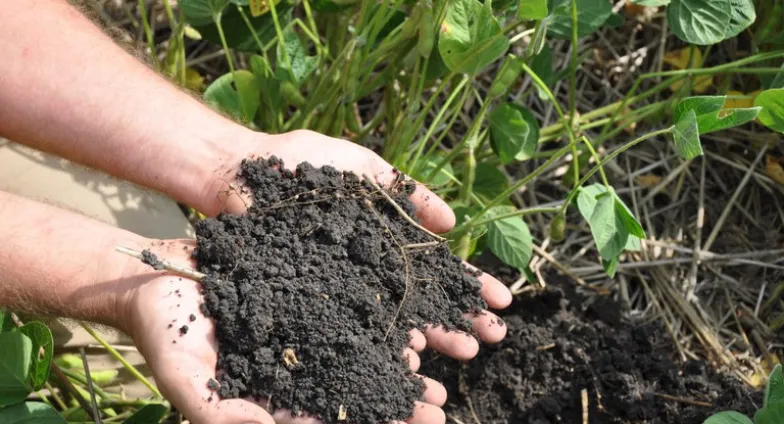Page Title
Soil Health
Text
Building Soil Health in North Dakota
The NDSU Extension Soil Health program delivers practical, science-based information which allows farmers and consultants to make informed decisions when integrating soil health building strategies and practices on-farm.
Sections


